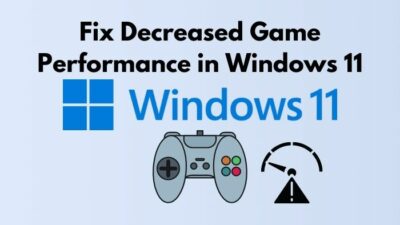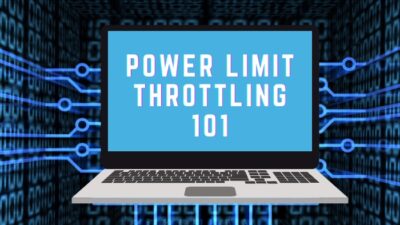Do you have a Roku device connected with your television to stream Netflix or Amazon Prime content?
If yes, you may get bothered about some display issues where the screen either turns upside down or does not display at its full. To solve this, you may need to work on the resolution or picture ratio.
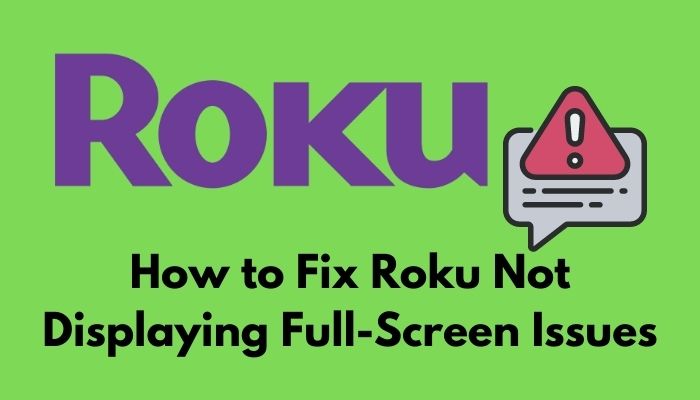
By the way, don’t worry. I will guide you throughout fixing the problem with do’s and don’ts. As a tech geek, I researched it minutely, and now I am armed with a number of potential fixes that I am going to share with you. So, stay tuned.
Keep reading till the last. Please, do not skip things so that you can clear all your doubts.
Let’s get the ball rolling.
Why doesn’t Roku Display Full-Screen?
You all know, Roku is a hardware device that offers its users access to a massive volume of online content. You can stream the content from Hulu, Netflix, Amazon Prime Video, HBO Now, iTunes, etc. to your television through the medium of Roku.
In that sense, you can call it a digital media player.
Although Roku started its journey with a collaboration with Netflix, now it has the license to stream any sort of over-the-top (OTT) content. The new models of smart TV are precisely manufactured, programmed, coordinated, and are of high-definition resolutions to stream the content through Roku, and so are the latter Roku models.
As per the report, till January 2022, around 60 million active users or subscribers are actively enjoying the services of Roku.
It has already reached out to all walks of the populace owing to its low cost, incredibly simple installation, availability coupled with accessibility, and the range of content covered to be streamed.
Check out the easiest way to fix Roku channel failed to load content.
In 2014, several television companies started manufacturing TVs with built-in Roku facilities and user interface (UI).
Still, users sometimes get the scopes to talk about its loopholes. They often face problems with, for instance, IR remote control, Wi-Fi connectivity issues, audio or video problem, application or hardware, HDMI issues, and so forth. Of those, one widely faced issue is Roku’s not displaying in full screen.
What are the reasons for Roku not displaying full-screen?
Roku may trouble you by not displaying full-screen or displaying just a quarter segment of the screen. The typical reasons for this are misconfiguration of frame rate settings, improper set up of correct resolution, automatic or random changes in TV settings, poor and weak network strength, etc. In some cases, the lack of system updates, internal glitches, or bugs may also be held accountable for this issue to occur.
How to Fix Roku Not Displaying Full-Screen
Being one of the most popular media streaming digital devices, Roku is untiringly enhancing its quality of services. Despite some subtle issues, it is a widely accepted and usable device in the modern world of cut-throat competition. So, they are looking for if there is any inadequacy from their end.
If you think the issue is being generated from your side, you can try the fixes I am going to demonstrate below. So, let’s begin.
Here are the methods to fix Roku not displaying full-screen on TV:
1. Check the Display Settings and Resolution
This is one of the most reported cases where the users, by mistake, changed or wrongly set the resolution and frame rate. Sometimes, it might get automatically misconfigured. Whatever the matter is, I recommend you check the display settings and resolution.
If you want to let Roku decide the perfect solution for you, you can choose the Auto detect mode. So, let’s see how to do it.
Have some time to spare? Quickly check out our epic guide on how to get Netflix student discount.
Here are the steps to check the display settings and resolution on Roku:
- Open your television and check the connection between Roku and the TV set.
- Take the remote control.
- Tap on the Home
- Go to Settings.
- Choose Display type.
- Select Auto-detect. This will allow Roku to check the HDMI connection and identify the best suit for your TV.
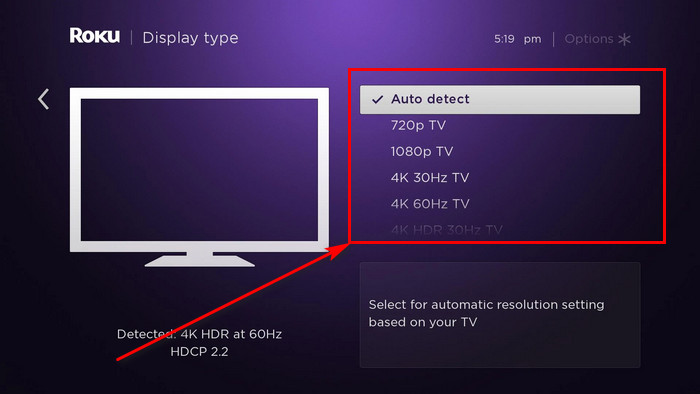
Now, you can witness two possible results here. If Roku can detect the TV display type, it will automatically configure itself to synchronize with the TV.
On the other hand, if it throws any message citing the inability to detect TV display type, you may ignore that message and force Roku to go according to you. However, the second case rarely happens, so no worries and go ahead.
Also, check out our separate post on AirPods not working on Netflix.
2. Update the Device
Any device that lacks updates causes issues. So, it is essential to update your device because lots of features come with the new versions, and if bugs and glitches are there, they are also fixed. So, you should try this.
Here are the steps to update your Roku device:
- Connect the Roku to your TV.
- Press the Home button from the remote control.
- Go to Settings.
- Navigate to System.
- Move to Check for updates.
- Tap on the Check now
- Wait till the device automatically finds the available updates and installs them.
- Restart the system to let the effects take place.
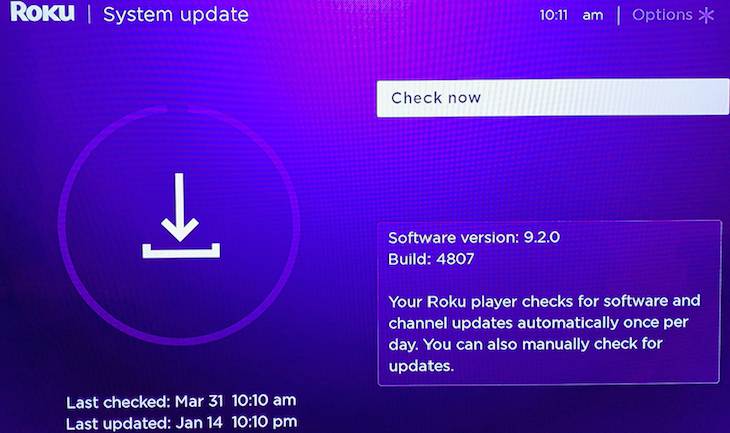
Also, check out our separate post on how to fix HBO MAX not working on Roku.
3. Check the HDMI Connection
The instructions are passed to the television set from your Roku device through an HDMI cable. If the cable is not of high quality or physically damaged anywhere, the signal passed through it goes weaker.
Due to the lack of signal strength, Roku may not display its content on full screen. So, check it. You can swap the cable’s ends or check the TV settings to solve it.
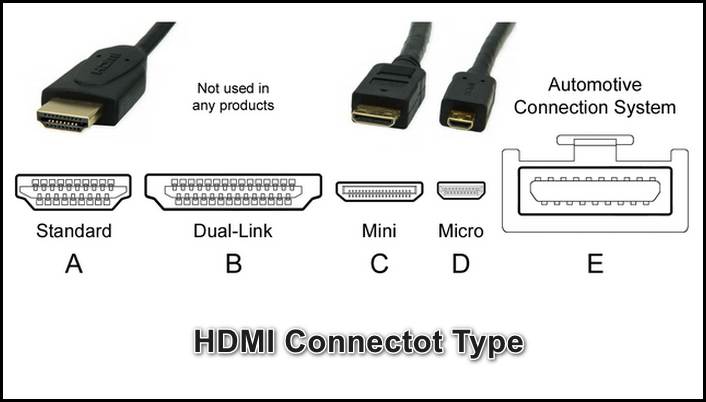
4. Check your Internet Connection
Undoubtedly, the success of your entire journey depends on a viable and stable internet connection. Oftentimes, users find the reason for a particular problem and try multifarious fixes, but it literally winds them up when the users know the main culprit was the poor internet.
So, you have to make sure the network is fine and working well. For that, you can verify the signal on your mobile or other devices. If you conclude with a problematic network, contact your service provider as soon as possible.
5. Restart the Device
If any of the previous methods do not work, I would like to suggest you try this. In case you have other issues like screen freezes up, unresponsive remote control, etc., apart from the fullscreen problem, you should check to restart the device. That worked for many users.
Here are the steps to restart your Roku device:
- Take the remote control and press the Home
- Locate Settings and click on it.
- Go to System.
- Choose System restart.
- Check the prompt that popped up and make sure Restart is selected.
- Click on OK.
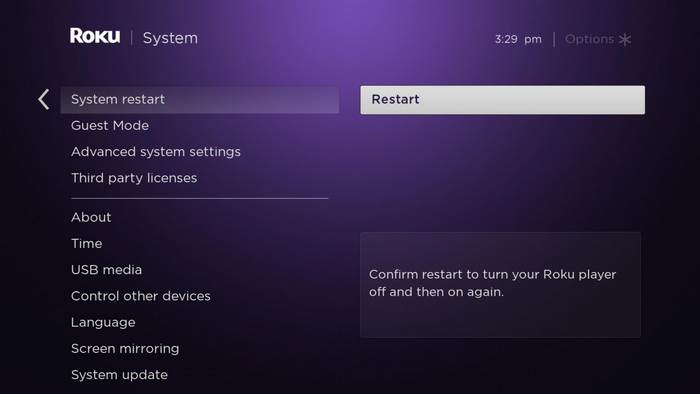
Now, your device will take a fresh restart. Then, check if the problem persists.
6. Perform Factory Reset
As the last alternative, you can try to perform a factory reset. Bear in mind all your recent information will be cleared. So, think before factory reset.
Here are the steps to perform a factory reset on Roku:
- Move to Settings on your display.
- Go to System.
- Go to Advanced system settings.
- Tap on Factory reset to clear the device.
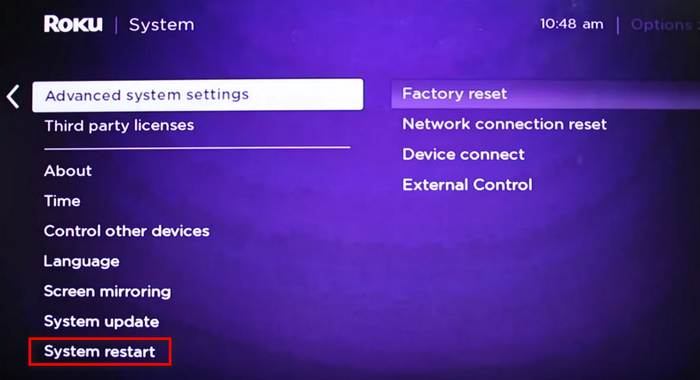
Final Thoughts
The troubleshooting approaches I just represented are the most robust and simple enough to follow and perform. Moreover, all the strategies are proven and tested. Hence, I hope you have already solved your issue and are currently enjoying a Netflix series on your TV with Roku.
If still the problem remains, write to me soon. You can pin your issue in the comment section below. I will try to get back to you shortly.
Was this article helpful? If yes, please feel free to share it with others so that they can enjoy themselves.

